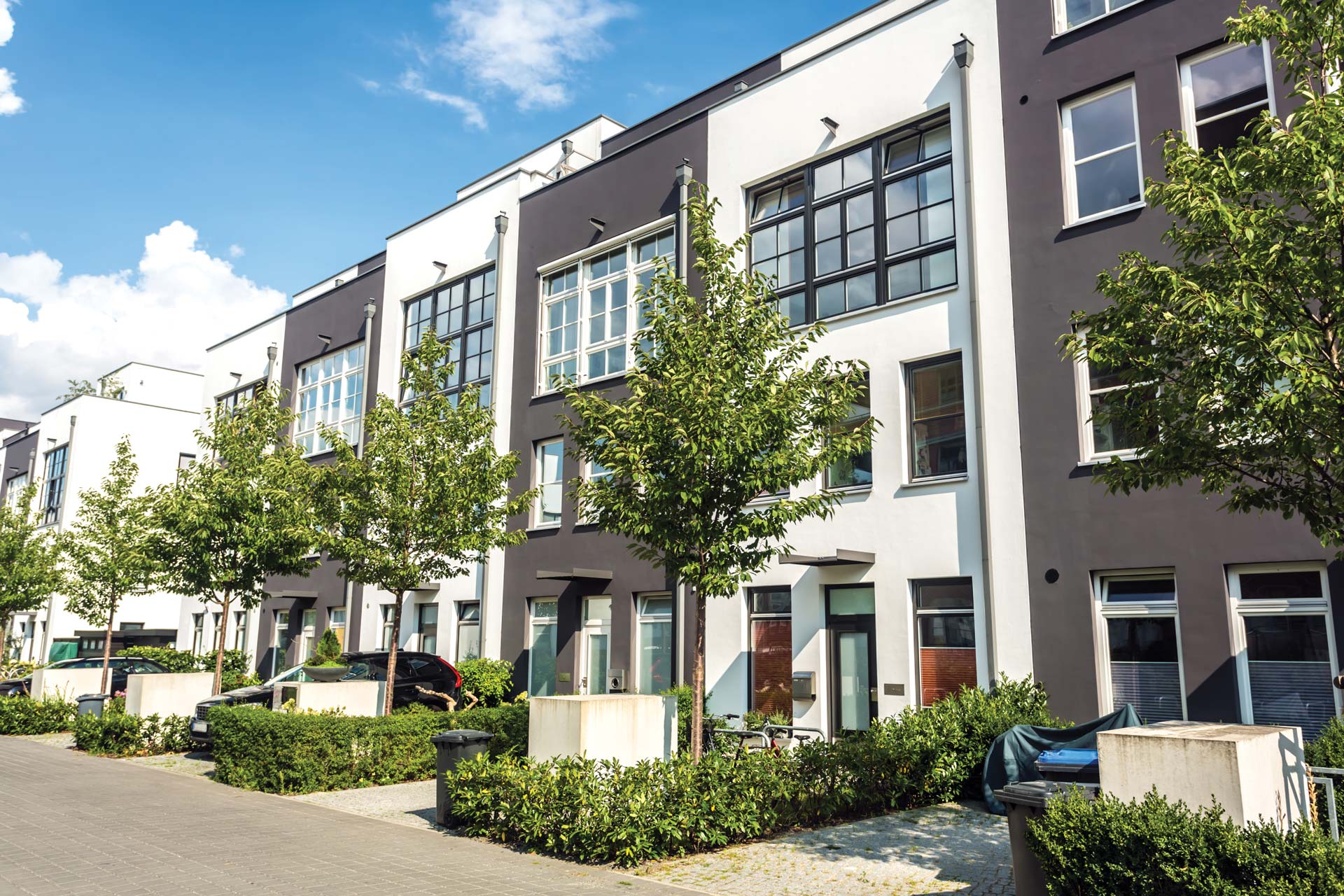Concrete
Cement is mainly used as a binder in concrete. One needs to remember that, no matter the concrete type, whether innovative or conventional, it has a low embodied CO2 compared to most other construction materials such as timber (especially glue laminated timber), steel or bricks. Furthermore, few other materials provide the versatility, resilience, safety, and durability as well as high thermal mass, which makes concrete a highly energy efficient construction material. Thanks to their durability, concrete structures can last 100 years or more, which means resources and emissions are dramatically reduced compared to structural materials with shorter lifetimes. Last, but not least, concrete is 100% recyclable at the end of its life.
Nevertheless, the carbon footprint per tonne of concrete can be further reduced by using low-clinker cement, using it more efficiently, optimising the mix, aggregate packing, and fine-tuning additives, whilst helping to deliver the same performance and strength.
There are efforts underway to further leverage the potential of concrete to lower embodied CO2 emissions.There are efforts underway to further leverage the potential of concrete to lower embodied CO2 emissions.
- The use of blast furnace slag or fly ash in concrete, either as an addition or through a factory-made cement, can significantly reduce the overall greenhouse gas emissions associated with the production of concrete.
- By using admixtures to optimise mix constituents, the net improvement in water use and reduction in global warming potential of the concrete can be as high as 10-20%.
- CO2 can be used to produce concrete made from recycled aggregates with additional strength and durability. This is done by exposing the aggregates to very high levels of CO2 in a controlled curing chamber triggering a chemical transformation that locks the CO2 in the concrete. These are called carbonatable binders. These binders are being developed and market-tested for a number of applications. Contrary to traditional hydraulic binders that harden with water, carbonatable binders harden with CO2 from flue gases at a much faster rate (as little as 1 day).
- Technologies like Solidia can save up to 250 kg CO2/tonne during cement manufacturing by using innovative clinker compositions and permanently store up to 300 kg CO2 in concrete (per tonne cement used). This equates to a CO2 saving of 50-60% per tonne of concrete.
How can policy help?

Revisit, strengthen, and implement sustainability standards and regulations, such as public procurement policies, that are “material neutral” and take a “whole-life” approach, looking at the performance of the whole building rather than its individual components. In addition, carbon neutrality in the built environment requires a collaborative approach across the construction value chain:
- Adequate training of architects/engineers on the applicability of lower carbon concrete mixes and efficient design opportunities in buildings and infrastructure.
- Adequate training of engineers and contractors to use different types of cement and concrete in a meaningful and efficient manner.

